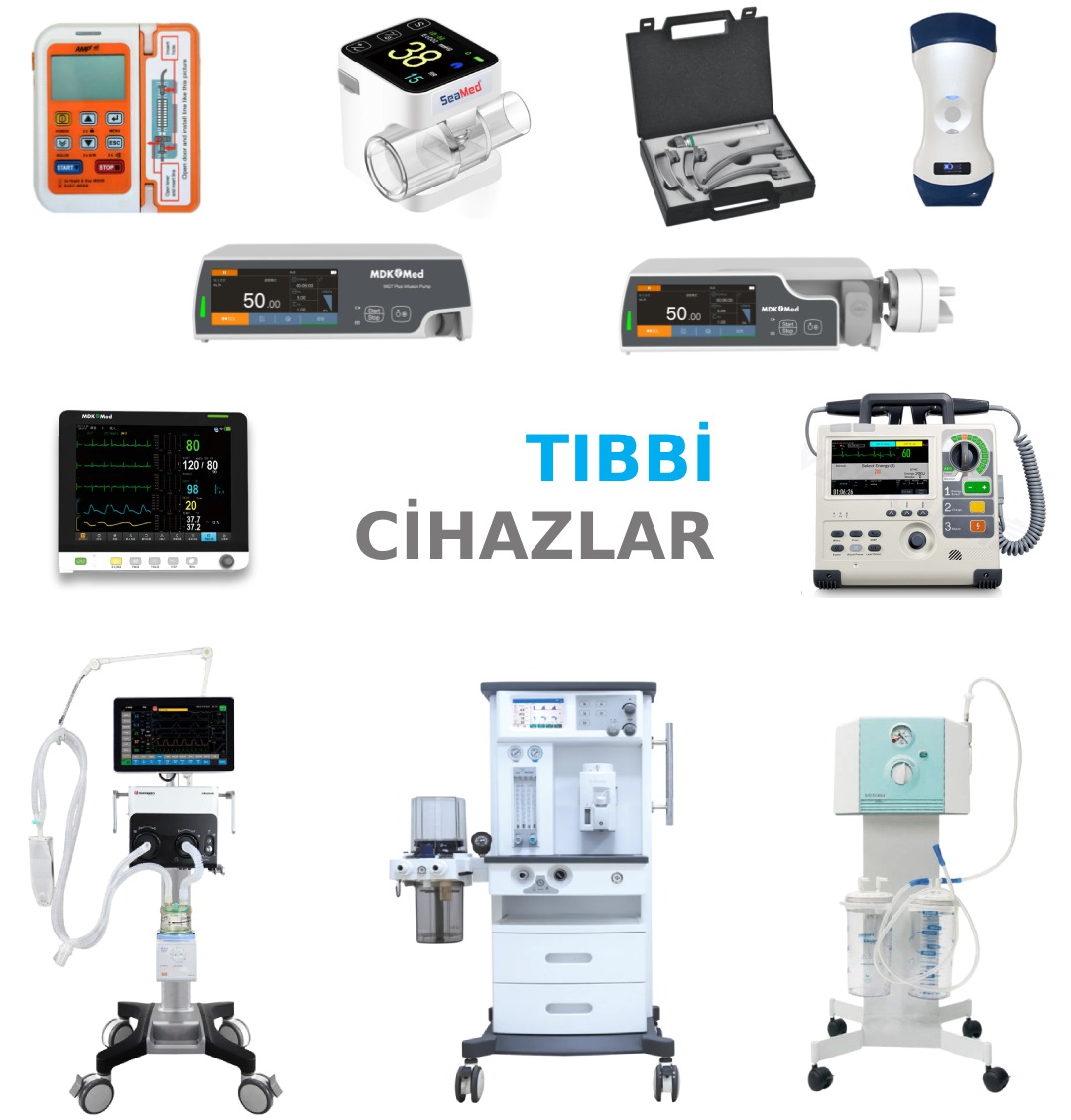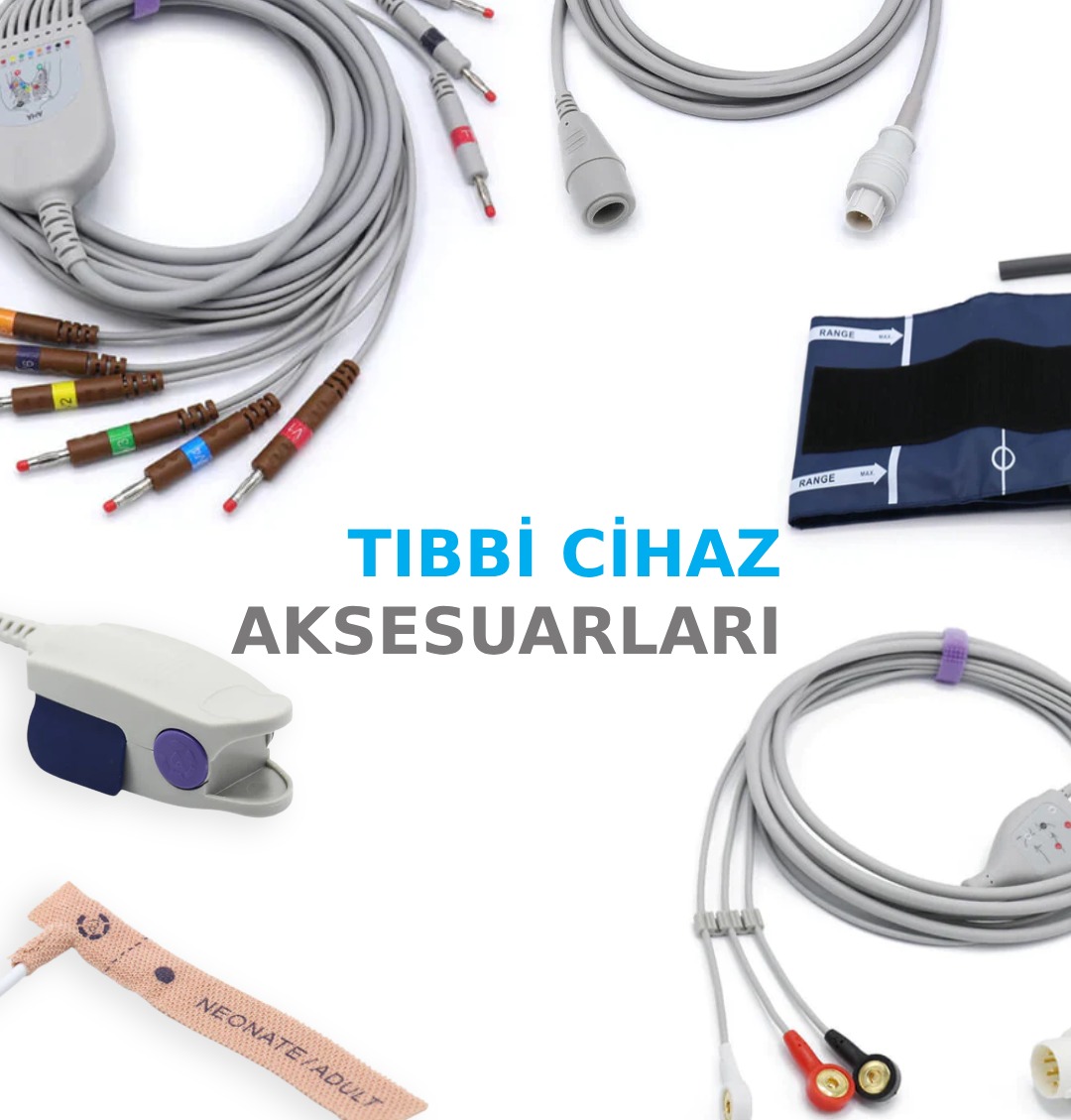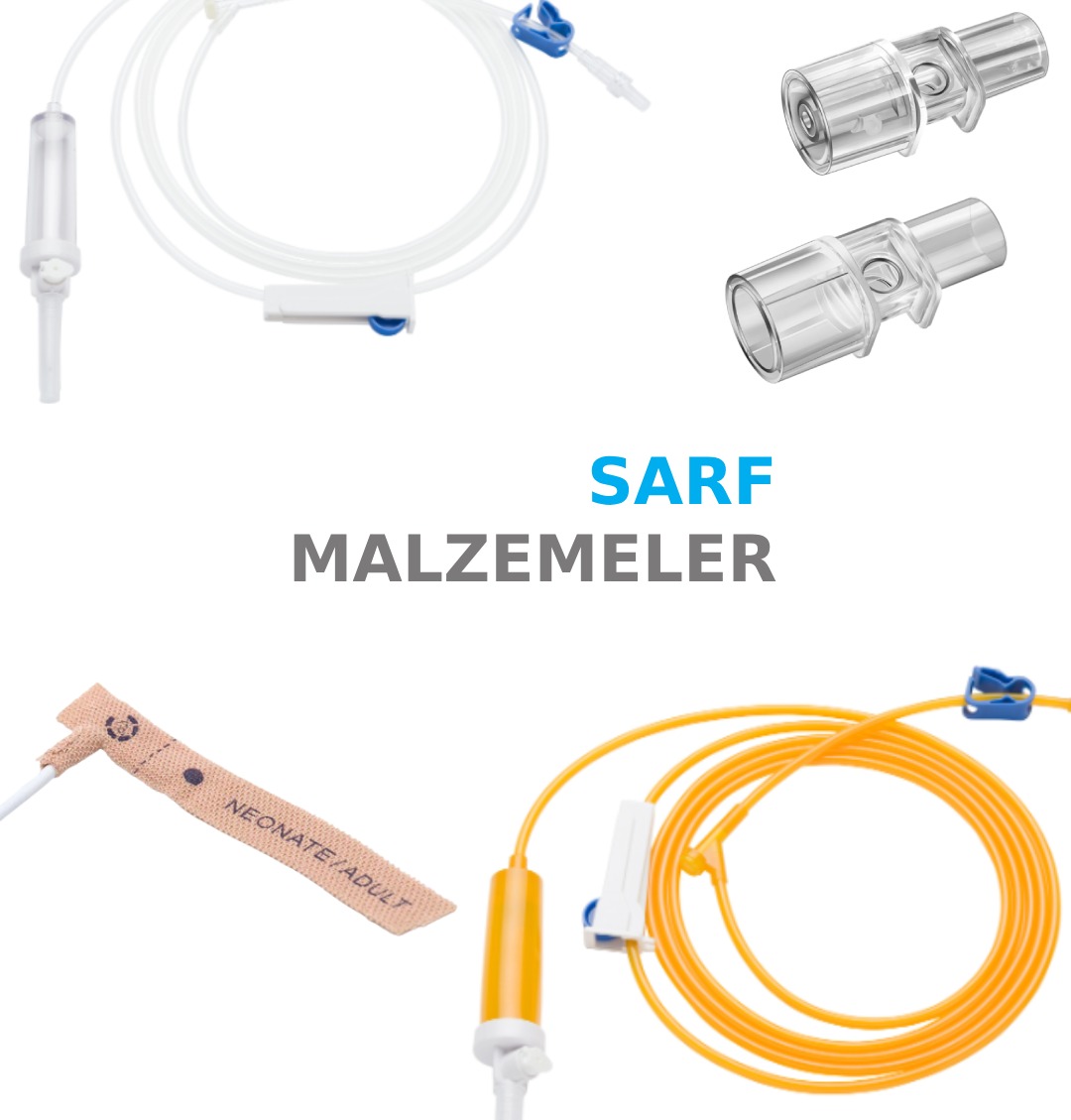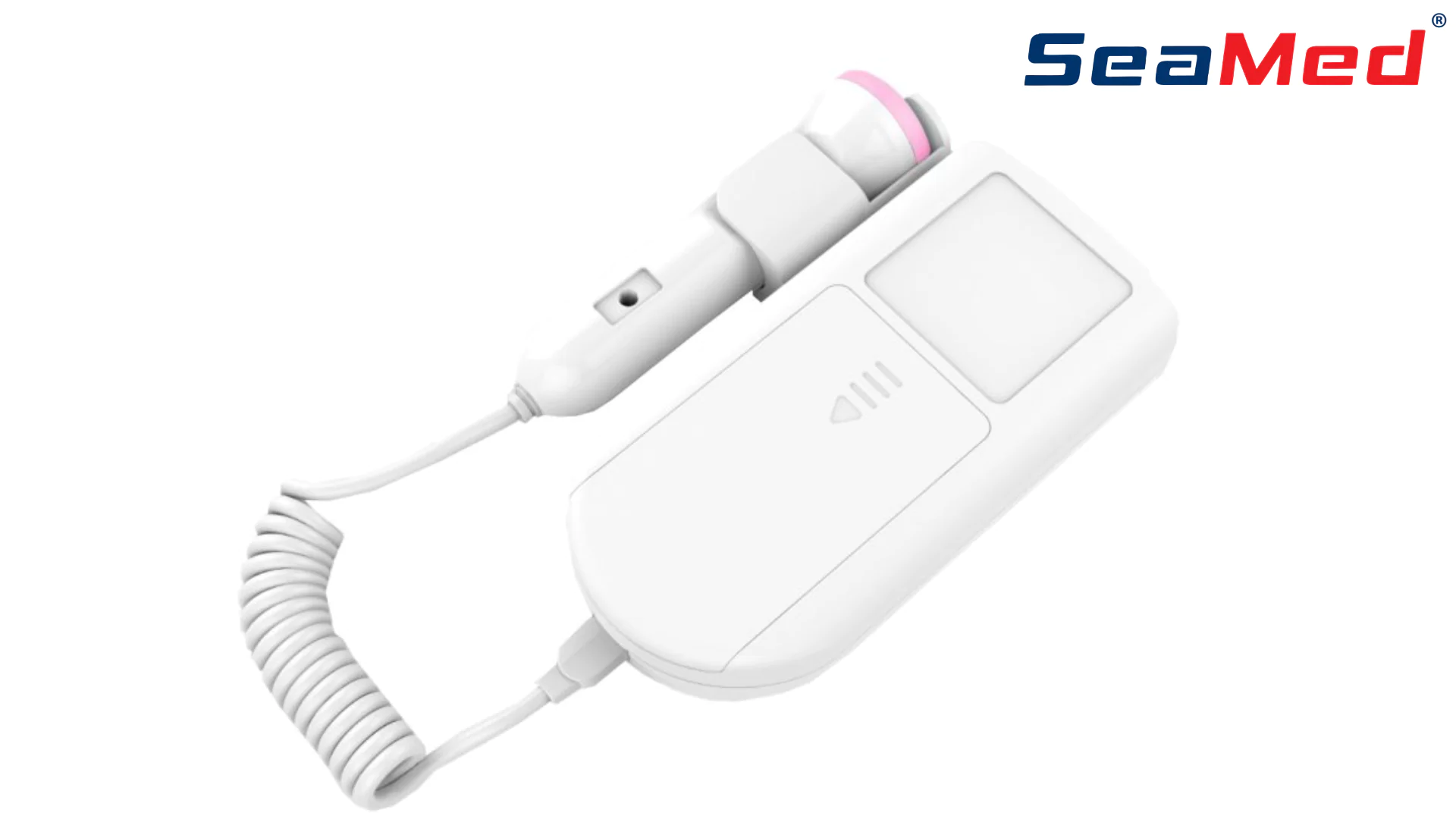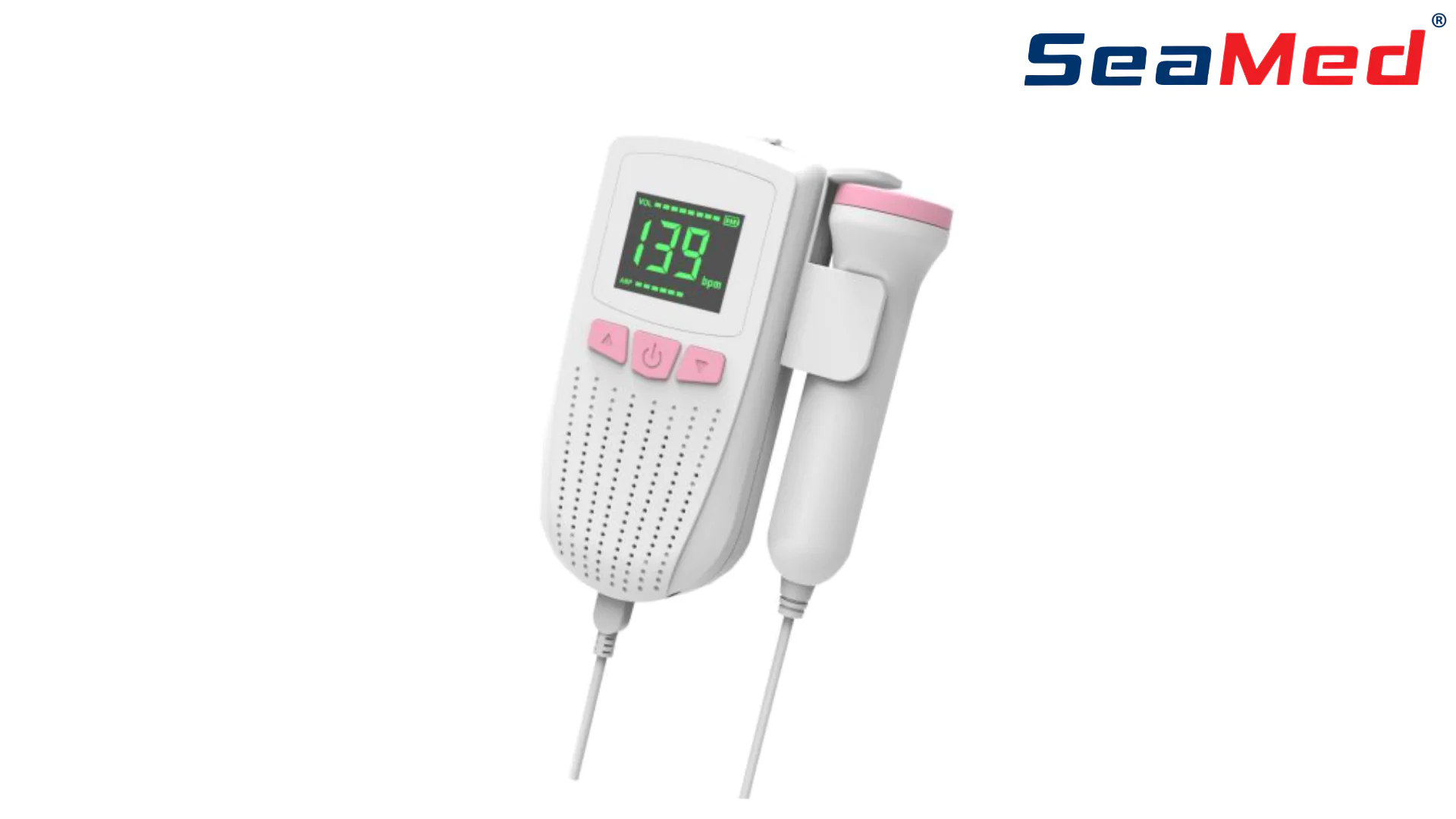
SEAMED AD51D FETAL DOPPLER
- 3 Character LCD Display
- 2Mhz Probe
- No Radiation
- Automatic FHR Detection
- Auto Count
- Simultaneous FHR Mode
- Internal Speaker
- Suitable for 15 Hours Continuous Working
- Works with 2xAA Batteries
Fetal Dopplers are one of the important devices used in the medical field. These devices provide the opportunity to evaluate fetal health by listening to the heartbeat of the fetus during pregnancy. Fetal Dopplers are widely used in many areas such as pregnancy monitoring, prenatal monitoring and prenatal care.
As a working principle, Fetal Dopplers detect the heartbeat of the fetus using ultrasound waves. A probe of the device comes into contact with a gel or oil-like substance applied to the mother's womb. This probe emits high frequency sound waves and detects the returning sound waves. The device then analyzes these sound waves and determines the heartbeat of the fetus. Heartbeats are usually heard as an audible rhythm or pulse or shown on the screen by the device.
Some technical terms related to Fetal Dopplers include:
Doppler Effect: A physical phenomenon caused by a moving source that changes the frequency of sound waves. Fetal Dopplers detect heartbeats using the Doppler effect.
Sound Frequency: It refers to the frequency of heartbeats and is usually measured in beats per minute.
Heart Rate Assessment: Fetal Dopplers evaluate the fetus's heart rate to determine whether it is within a normal range. The normal fetal heart rate is usually between 110 and 160 beats.
Fetal Dopplers are used to monitor the health of the fetus during pregnancy. These devices help monitor the fetal heartbeat regularly during pregnancy. In this way, early warning can be provided to intervene in case of any abnormality or risk. It also provides confidence and relief for the mother during pregnancy.
Fetal Doppler's usage areas are quite wide. They are used in routine prenatal checks, during pregnancy follow-up, prenatal monitoring and risky pregnancies. They may also be used to evaluate the movements of the fetus, monitor placental function, or evaluate the amniotic fluid level.

